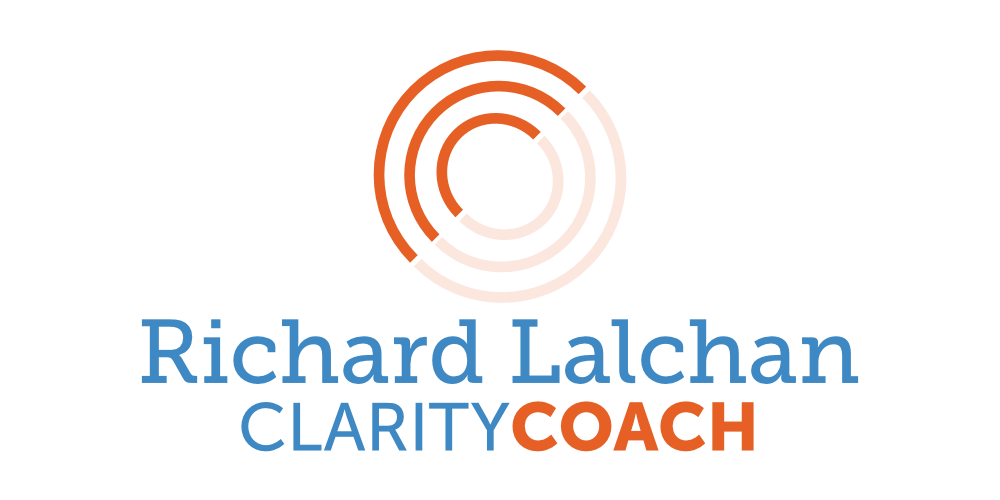The Power of Critical Thinking: Spotting Bias and Finding Truth
I’ve recently been taking a short course in Critical Thinking. It’s been interesting, though I have to say, some of the questions on the course were very biased. Don’t worry—I let them know!😜
I wanted to share a few useful insights from the course that can help us navigate the wealth of information at our fingertips—including AI. I use ChatGPT daily (it even proofread this article!) and being able to assess the information you’re given is key to uncovering the truth.
Whatever job you have, or in life generally, we all have information coming at us from every direction, and somehow, we’re expected to sift through it, decipher it, and make sense of it.
You're biased. It's OK.
A good starting point is to acknowledge that there is no neutrality. Everything is biased in one way or another. Even as I write this, I have my own biases guiding how I write. A key question we need to ask ourselves after acknowledging bias is: “Which bias is the best bias to be biased by?” That’s how we get closer to the truth.
But bias doesn’t just exist in information—it exists in us, too. Recognising our own biases can help us see things more clearly.
Here are some of the most common biases you may encounter:
Confirmation Bias
This one is so easy to get caught up in. Imagine you’re talking to someone new, and the conversation drifts into a potentially controversial topic—especially if you hold a minority view. But then, the person you’re talking to expresses the same opinion. How do you feel?
It can make you feel euphoric when you realise you’re not alone. Others think like you too! But this is where the challenge lies—especially in the social media accounts we follow or the mainstream channels we choose to watch or listen to. When our beliefs are constantly confirmed, it becomes harder to think differently or question what has now become a “popular” view. After all, if others agree with me, it must be right… right?
Tip: When you find yourself agreeing with someone or consuming media that aligns with your beliefs, ask yourself: What are the opposing views? What am I not being told? This will help you get closer to the truth.
Mere-Exposure Effect
If you hear something repeated day in, day out—like “this vaccine is completely safe”—then it must be true, right?
On the extreme end, this is a classic propaganda technique. The more you’re exposed to a message, the more likely you are to believe it.
On the softer side, think about a song you initially disliked but kept hearing everywhere—on the radio, in shops, on YouTube ads. Over time, you didn’t hate it as much. You might not love it, but it no longer bothers you the way it once did. That’s the Mere-Exposure Effect: the more you’re exposed to an idea, the more likely you are to accept it.
Tip: Ask yourself, Why am I being exposed to this idea so frequently? What alternative perspectives are being left out, and why?
IKEA Effect
You’ve spent fourteen years writing a novel, pouring blood, sweat, and tears into it. You’ve crafted every word, had it proofread and edited. It must be the bees, knees, right?
This is the IKEA Effect—the tendency to overvalue something simply because we’ve invested time and effort into it. Just like the IKEA furniture you painstakingly assembled, increasing the perceived value of your house, your work seems more valuable to you than it might to others.
Because you’ve poured everything into it, it can be hard to take a step back and evaluate it objectively.
Tip: To combat this bias, ask others for an independent evaluation of your idea.
Final Thoughts
One of the things I love to encourage, is to be more curious than judgemental. All of the tips above, given to help combat our biases, are curious questions. They come from a place of wanting to find out more.
Judging is OK—but before deciding what to believe, give yourself space to be open to other perspectives. This is especially critical when it comes to AI and tools like ChatGPT. When you ask a question, it’s easy to assume the response is correct—but that isn’t always the case. AI is constantly learning too.
Here are two great follow-up questions to ask after receiving an AI-generated answer:
1. What were your sources for that response?
2. What alternative views are there?
As I mentioned before, there is no such thing as true neutrality. We all have biases, and so does the information we consume. But by recognising our biases and practising critical thinking, we can get that little bit closer to the truth.
Let me know—what biases have you noticed in yourself? Or which of the above have you caught yourself falling into?
Happy thinking!

